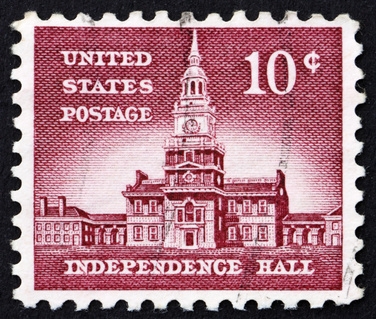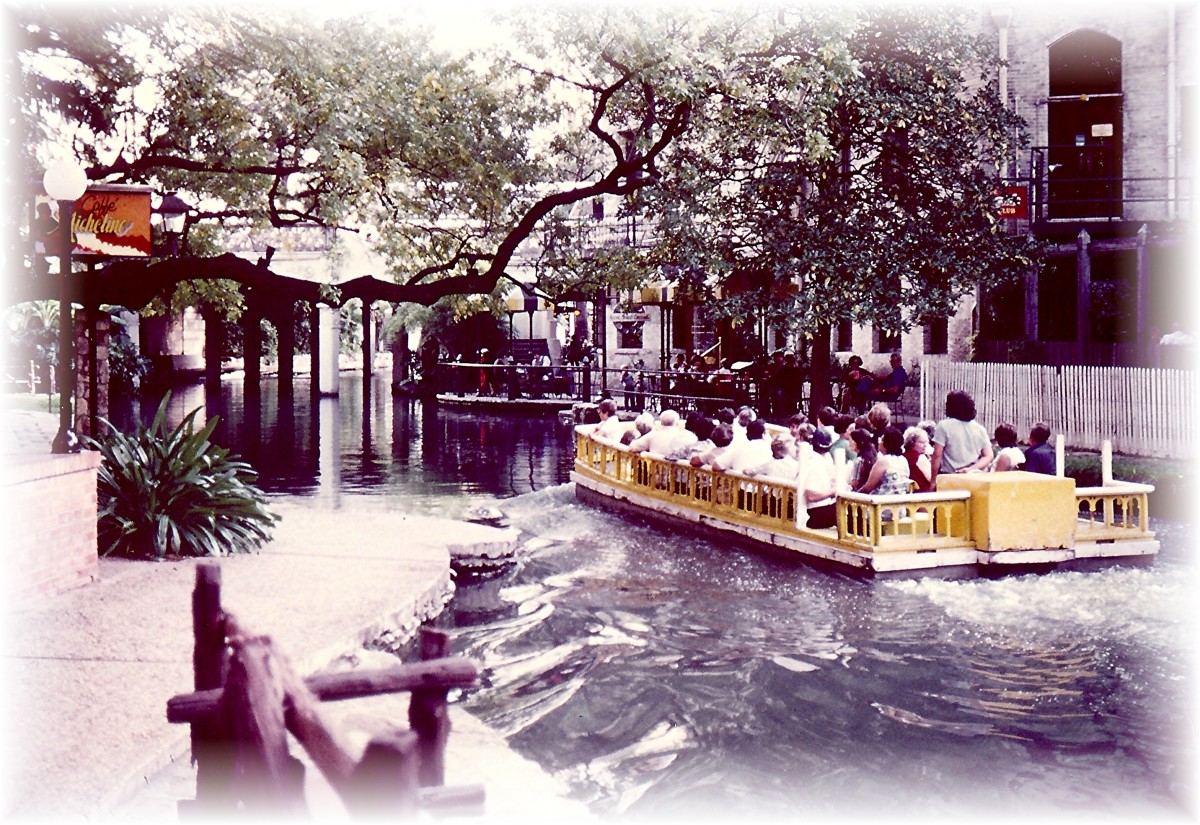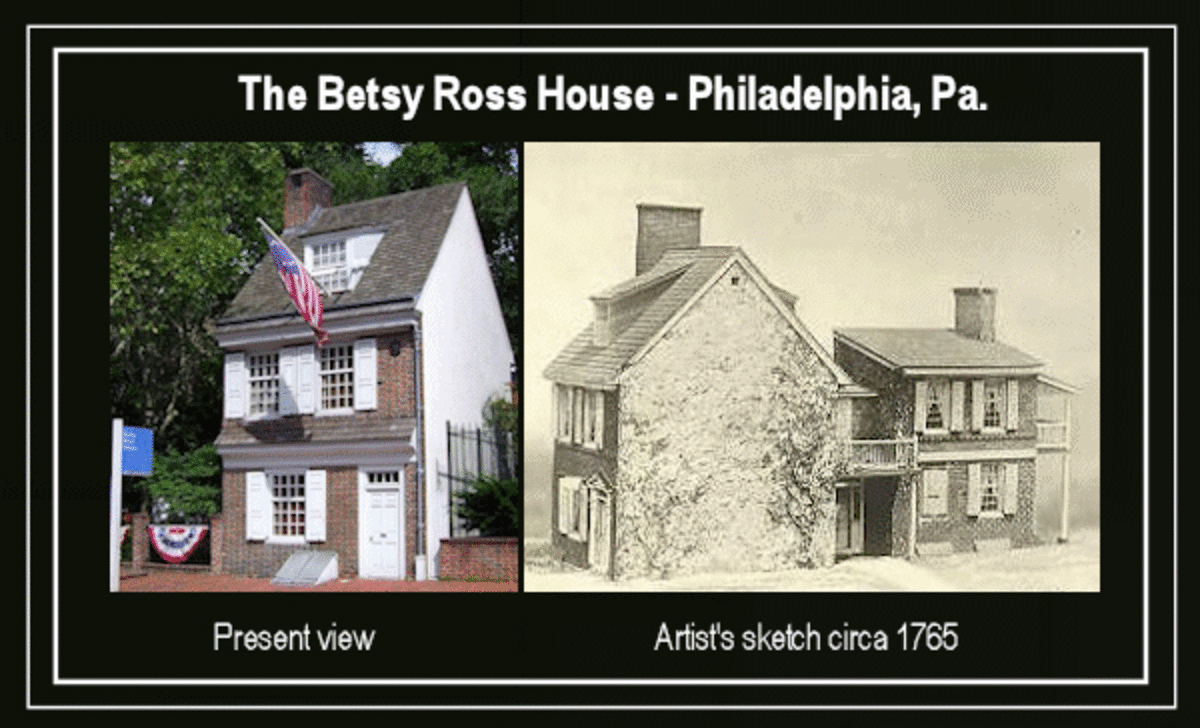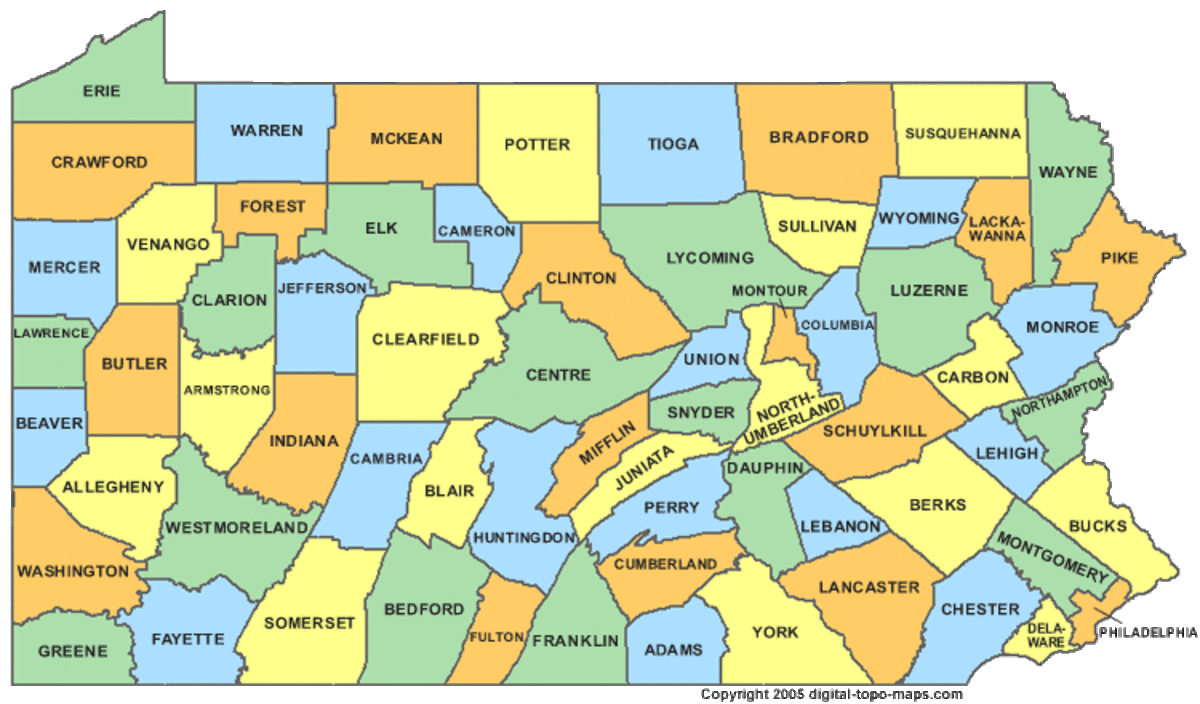- HubPages»
- Travel and Places»
- Visiting North America»
- United States»
- Pennsylvania
Tourist Destination of the United States: Independence Hall
Tourist Destination of the United States: Independence Hall
Independence Hall, located in Philadelphia, Pennsylvania represents the structure where the Declaration of Independence and the US Constitution were hotly debated and later enacted. Completed in 1753, the building is a prime example of Georgian architecture, a style used heavily from 1720-1840. Its prominent steeple was rebuilt in 1828. Independence Hall is listed as a US National Historical Park while also being recognized a World Heritage Site. Directly across the street (Chestnut St.) from Independence Hall is the treasured symbol of American freedom known as the Liberty Bell. Currently it is being housed behind protective glass. However, the 18th century cast iron bell was once located in the steeple of Independence Hall. The park encompassing the Liberty Bell and Independence Hall is a popular destination that sees approximately 650,000 visitors annually. Travelling to Independence Hall requires a fair bit of planning ahead to ensure the most enjoyable visit possible
ndependence Hall North Side
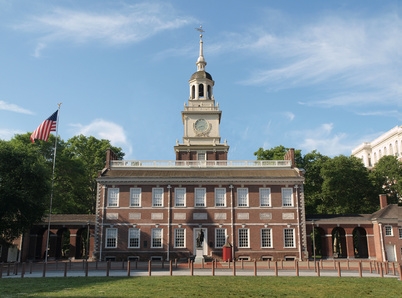
Love to Travel?
Planning to Visit Independence Hall and the Liberty Bell in Philadelphia
Philadelphia is a large metropolitan city with a population of 6.2 million conveniently located between New York City to its north and Washington D.C. due south. Independence Hall, located in the heart of the city’s Old City district is just a twenty minute cab ride from Philadelphia International Airport. Those driving into the city should know that on street parking is extremely scarce. Fortunately, there is ample underground parking located just one block from Independence Hall. When travelling around Philadelphia guests should be fully aware of the city’s parking rules and regulations as ticketed fines are among the most expensive of their kind in the US.
From March through December Independence Hall is open from 8:30am to 6:00pm; The Liberty Bell Center opens at 9am and closes at 5pm. During these months park rangers give well informed tours lasting roughly 35 minutes. The Liberty Bell Center houses the famous cracked iron bell. The center is comprised of a small museum with informational videos discussing the bell’s history. With the exceptions of January and February, these timed tours are mandatory. As with most other historical destinations in Philadelphia, Independence Hall and the Liberty Bell Center are free of charge (the National Constitution Center, the only exception). However, tickets are available on a first come first serve basis. They can be ordered ahead of time via online or by phone. Independence Hall along with the Liberty Bell is open to tourists year round. However, hours may vary during January and February depending on weather conditions.
Boy Admiring the Liberty Bell
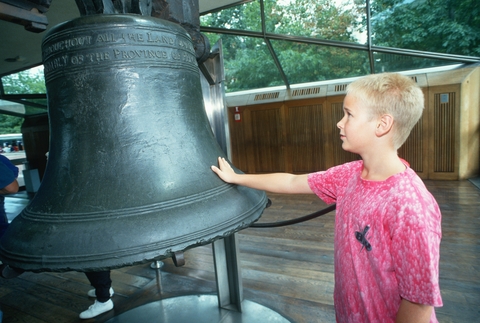
Independence Hall's Bell Tower
What to Expect while Touring Independence Hall and its Vicinity
The hall is 168 feet tall at its tallest point, the tip of the steeple. It is a red brick structure comprised of a central hall and a stair hall which contains stairs leading up to the bell tower and steeple. Attached to the Central Hall are two buildings known as the Supreme Court Room to the west and the Assembly Room to the east. These rooms are entered via a housed pathway leading from the building’s center. To the north of Independence Hall, just across Chestnut Street is the Liberty Bell Center. Behind the hall, to its south is the park’s well manicured lawn. Guided tours begin at the hall’s front door which enters into the Central Hall. This room is ornately decorated with Romanesque styled interior. Its walls are decorated with miniature columns and entrances into the neighboring portions of the building which are flanked by reliquaries. Guests are then directed toward the Supreme Court Room which served as the main court of the Pennsylvania colony before the American Revolution. During colonial times, Independence Hall was the State House of Pennsylvania. The Supreme Court Room is similar in its appearance to any modern court room. There is a jury box, a witness stand, and a place where councilors debated legal matters. The judge’s bench is particularly long as it is designed for a panel of three judges. The court is equipped with wooden straight back chairs. Everyone sat on one these uncomfortable chairs regardless of their position in the court. The judges’ authority is displayed by way of their higher seating level, allowing them to look down upon participants. The courtroom’s wooden walls are wonderfully crafted with ornate molding and columns. The judges’ bench and witness stand share the same natural wood color with the walls. The remainder of the court room’s interior is constructed of a darker, almost black wood.
After the tour departs from the Supreme Court Room, it crosses the Central Hall into the Assembly Room. This is the location where the Deceleration of Independence and the United States Constitution were argued over and adopted. This room has been recreated to give the appearance it had during these founding days of the United States. Therefore, all desks are decorated with quill pens, ink bottles, papers, and books. This room is filled with desks all facing toward an elevated table equipped with a single chair. From here the tour makes its way into the vestibule known as Stair Hall. This room contains a large closet, a guard room, and a rear exit. The stairs leading up to the large steeple are located on the left upon entry from the Central Hall.
Ndependence Hall Fireworks
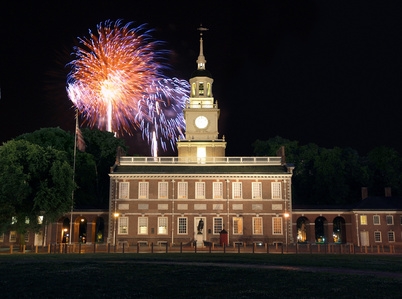
The Long Gallery served as the building’s dining hall. True to its name, it is a long, relatively narrow room. Lining its walls are wooden backless benches. A long dining table outfitted with candles and dishware from the 18th century is found against the far wall near windows offering a view of Chestnut Street. The other two rooms located on the second floor are the Governor’s Council Chamber and the Committee of Assembly Chamber. The Governor’s Council Chamber served as a boardroom of sorts. Therefore, it contains a meeting table surrounded by comfortable cherry wood chairs padded with velvet. Also found in the room are globes, a decorative curio cabinet, several paintings of historic figures, and ornate candle holders which made meeting during the evening hours possible. The Committee of Assembly Chamber is a smaller room containing just a couple tables encircled by chairs. The room is equipped with a colonial period map of the English American colonies just above a fireplace. Every room in Independence Hall is equipped with at least one fireplace. At this point the tour leads downstairs and out the rear exit where it is greeted with Independence Park, a popular picnicking and dog walking destination for Philadelphia’s locals. The park rangers give a wonderfully detailed tour after which they answer any questions the guests may have.
Inside Independence Hall
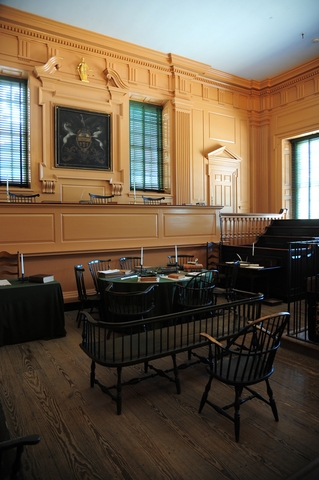
A Brief History of Independence Hall and the Liberty Bell
After 21 years of construction, Independence Hall was finally completed in 1753. The long construction time was due to lack of funds. As such, the structure had to be built piecemeal as funds came forward. Originally it served as the State House for the Pennsylvania Colony until 1775 when it became what many say the birthplace of the American state. From 1775 through 1783, Independence Hall was the site of the forming United States. During these years it was the site of the Second Continental Congress and the Constitutional Convention held during the summer of 1787. The entire structure had to be rebuilt shortly after the War of 1812 when it was destroyed by English troops. The building’s bell tower was once occupied by the iconic Liberty Bell, now on display directly in front of the hall.
The Liberty Bell arrived from London in August 1752. At first glance the bell seemed to be of solid construction. However, it cracked on its first sounding. After a series of recasting efforts to save the expensive bell (about $36,400 today), it was hung in the steeple of the State House (Independence Hall) while possessing a less than desirable sound in June 1753. The following year it was removed from the main tower and replaced by a new bell. Despite popular legend, there is no evidence that it rang on July 4, 1776 to celebrate the Declaration of Indolence. In fact, that news was kept relatively quiet out of fear of their British occupiers’ possible reaction. However, many bells were rung at one time or another during these years. The majority of Contemporary American historians believe the bell was used for less important announcements during the last quarter of the 18th century. After roughly two centuries of travelling throughout the country, the Liberty Bell was given the home it knows today in 1948. Currently Independence Hall and the Liberty Bell are both owned and maintained by the federal government’s National Park Service.
Philadelphia-3 Independence Hall
Postage Stamp Usa 1954 Independence Hall
